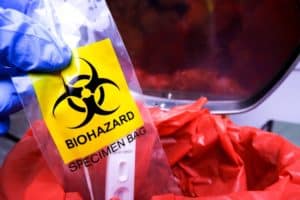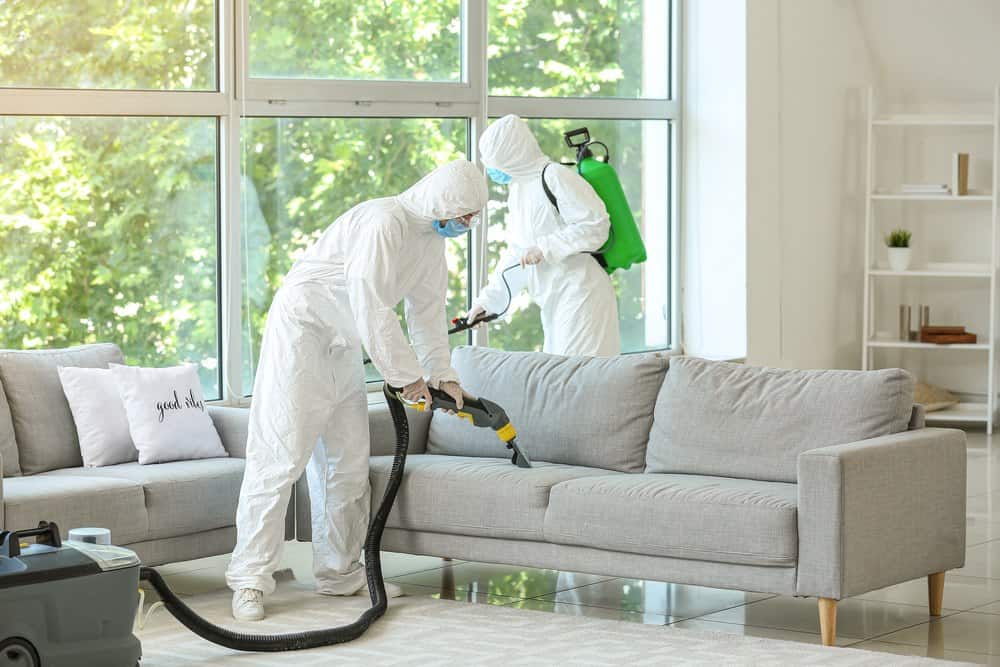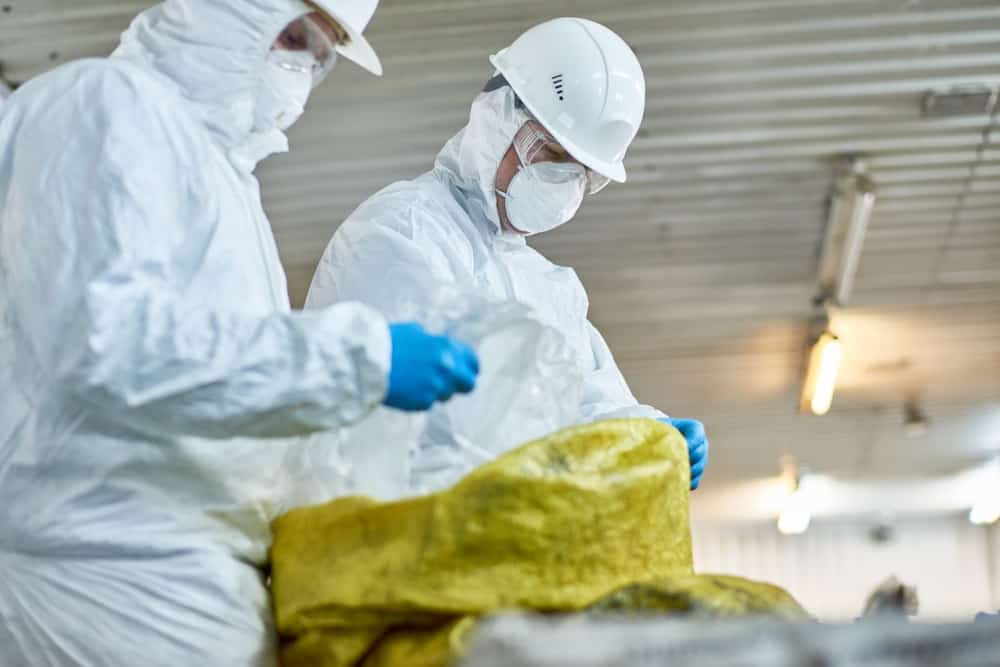Have you found yourself dealing with biohazards or hazmat? If so, understanding the difference between these two will be very helpful. Aside from that, having background knowledge will help you determine how to deal with hazards, tips for finding the best clean up company for your unique needs, and what regulations to follow. In today’s bio-hazard industry, there are entities that focus on hazmat, biohazards, or both. If you’re looking for biohazard clean up services, Scene Clean is here for you. Let’s get started.
What Are Hazmats?
Hazardous materials or hazmat refers to substances that pose a significant risk to health, property, and the environment. Hazmat includes toxic chemicals, nuclear waste, fuels, and biological and chemical agents. They can be gasses, liquids, solids, dust, fumes, vapor, mist, or smoke.
Hazardous materials include carcinogenic, corrosives, hepatotoxins, neurotoxins, reproductive toxins, combustible liquids, explosives, flammable solids, and chemicals that release poisonous gasses when handled normally.
What Are Biohazards?
A biological hazard, or biohazard, is a virus or bacteria that creates human health risks. Biohazards occur in four levels.
- Level 1: Bacteria, viruses, cell cultures, and non-infectious bacteria that pose minimal health risks.
- Level 2: Bacteria and viruses that cause mild human diseases (Influenza A, Lyme Disease, Salmonella, and HIV).
- Level 3: Bacteria and viruses that cause severe to fatal human diseases, but effective vaccines and treatments exist (Anthrax, SARS-COV-2, Hantavirus, Malaria, and Yellow Fever).
- Level 4: Viruses that can cause severe to fatal diseases, and do not have effective vaccines or treatments (Ebola virus, Marburg virus, and Bolivian hemorrhagic fever).
The Differences Between Hazmat and Biohazard
 Hazmat and biohazards have fundamental differences. The first is in their nature. Hazard materials refer to any substances that can harm people, objects, or the environment, while biohazards are primarily viruses and bacteria that cause diseases in humans, animals, and plants.
Hazmat and biohazards have fundamental differences. The first is in their nature. Hazard materials refer to any substances that can harm people, objects, or the environment, while biohazards are primarily viruses and bacteria that cause diseases in humans, animals, and plants.
Below are other differences between biohazards and hazmats.
Setting
Hazardous materials are common in different settings, including manufacturing plants, radioactive testing centers, laboratories, and construction zones.
In contrast, biohazard materials are common in medical settings such as laboratories, hospitals, and research centers. Biohazards can be blood, bodily fluids, feces, vomit, urine, pus, sharps (needles), microbiological waste, and pathological waste. You may also find biohazard waste in crime scenes such as suicide or homicide scenes.
These hazards are also common in production facilities that deal with animal-based raw materials. This may include the animals themselves or their waste products.
Cleaning and Disposal
Hazmat is disposed of directly by the producing organization. For instance, factories must treat and dispose of their waste. The Environmental Protection Agency (EPA) regulates the management of hazardous materials, including their handling and eventual disposition.
Generators of hazmat must have an EPA number that tracks their activities from generation to disposal of the waste. In most cases, companies dealing with hazmat will have disposal strategies. Therefore, they treat their waste at the source.
Facilities that generate biohazards rely on biohazard waste disposal professionals to assist in disposing of their waste. Experts must treat biohazard waste before disposal to ensure that it poses no public health risks.
Regulation
Both hazardous materials and biohazards are regulated. Regulations include laws on the creation, storage, transportation, and disposal of hazmat and biological hazards. U.S. agencies responsible for regulating hazardous materials include:
- U.S. Environmental Protection Agency (EPA)
- Occupational Safety and Health Administration (OSHA)
- Department of Transportation (DoT)
- Nuclear Regulatory Commission (NRC)
The EPA regulates hazardous waste from its generation to eventual disposal. OSHA stipulates the protective measures organizations that deal with hazardous wastes should take to protect their workplaces from the impact of these wastes. OSHA regulations also cover the appropriate responses when a hazmat incident arises in the workplace. DOT sets rules on the transportation of hazardous materials.
Until 1991, EPA regulated medical waste. Since then, the responsibility has shifted to other federal and state regulators. The Center for Disease Control (CDC), the Food and Drug Administration (FDA), and OSHA are among the federal organizations regulating biohazards.
Impact
Hazardous materials directly threaten the environment, people, and animals. These materials can harm any person, object, or animal that breathes impure air or consumes contaminated water/food.
On the other hand, biological hazards contain microorganisms that directly affect humans. For instance, contact with infected bodily fluids could result in infection.
Handling Hazmat and Biohazards
One thing hazmat and biohazards have in common is their need for careful handling. Both pose health risks to humans and the environment.
The U.S. has regulatory authorities set up to oversee the handling of these materials by providing and enforcing rules. These rules protect workers exposed to these hazards and ensure proper disposal.
Regulatory authorities also license hazmat and biohazard cleaning and handling companies. Companies like Scene Clean, which handles biohazard materials, undergo intensive waste management training to ensure the cleaners’ safety and implement safe disposal techniques.
Work With Biohazard Cleanup Specialists from Scene Clean Today

Whether you deal with biohazards or other hazmat material, knowing who to call for proper cleaning and disposal can make a difference. Each of these services require specific licensing due to raw chemical disposal during clean up, making it vital that you verify the company you contact can meet your definitive needs.
Here at Scene Clean, we specialize in biohazard cleanup, and are prepared to help you with all your biohazard removal and cleaning tasks. Together, we will ensure your home or business remains compliant with federal, local, and state regulations. Contact our team today to get started.



